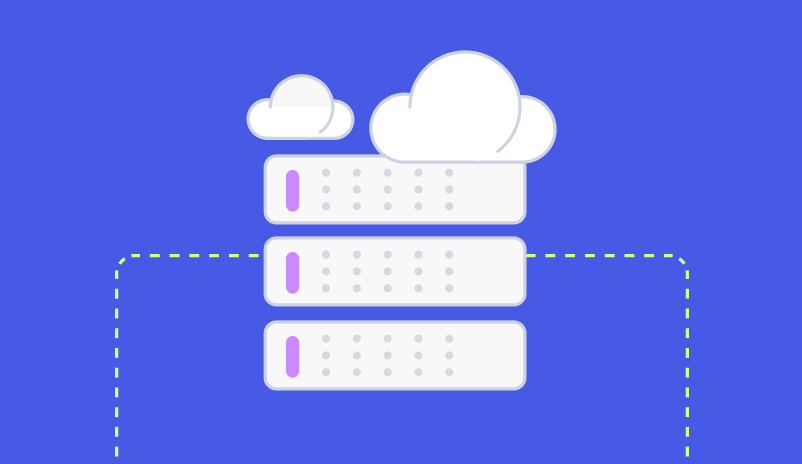3 Rookie Mistakes in Email Marketing by Political Campaigns
Email marketing is a huge driver of donations and engagement by political campaigns. Learn from 3 rookie mistakes that recent campaigns did.
In case you’ve been pretty good at avoiding the news, you probably know that we’re nearing the end of election season, with a number of races in full swing.
This year, the presidential election pits Democratic nominee Hillary Clinton against the Republican nominee Donald Trump. While the election has been a bit contentious, to say the least, we’re going to stay above the political fray and look at just one aspect of campaigns.
The email marketing.
Big Money Comes from Email Marketing
When it comes to Presidential elections, email marketing is still a relatively new tool. The first campaign that really embraced both the power and potential of email marketing was President Obama’s in the 2012 campaign.
That campaign was famously known for it’s embrace of using data and analytics in it’s outreach, something that had never really been utilized much before that, at least in the way we think of now. Because of that, the Obama 2012 campaign used highly targeted landing pages, A/B tested opt-in forms, and had a team of 20 email copywriters. This all in on email strategy effectively changed the way campaigns operate online for the foreseeable future.
Now that four years have past, and email marketing is far more common, we thought it might be fun to take a look at the email marketing campaigns of the 2016 frontrunners. Have they been able to take the successes from Obama 2012 and improve, or are they making the same email marketing mistakes we see everywhere.
What Worked in 2012
During the 2012 election cycle, President Obama hit a record when it came to online fundraising, raising $690 million out of $1.1 billion total fundraising dollars online. An incredible 90% of that money came in through their email marketing campaigns.
One of the biggest wins came through something called QuickDonate, this allowed those who had already donated in the past to save their information. So when another email came through asking for a second (or third) donation, all they had to do was click the link in the email to be taken to their information, where they could donate again with one click.
The QuickDonate system is something that the Hillary Clinton campaign has also put into place, not surprising since she has a number of former Obama for America operatives running her campaign currently, giving her a bit of a leg up when it comes to knowing what works digitally.
Making Rookie Mistakes
No email campaign is perfect, no matter how much we’d like to think they could be. But, there are a few major rookie mistakes that campaigns need to avoid. Remember, for most campaigns, a huge chunk of money (hundreds of millions) is raised through email marketing, so the stakes can be very high.
Hitting the SPAM Folder
The Trump campaign sent out their first official fundraising email earlier this summer, and saw $3.3 million turned in during the first day, and $3.4 million the next.
Now, you might be thinking those numbers are pretty good, and they were, beating out one of the Obama campaigns biggest fundraising email by over a million dollars. But, according to Politico 60% (yes, you saw that number correctly) of the emails ended up the in SPAM folder of it’s intended recipient.
That’s a huge fail.
And, it wasn’t because the Trump campaign had done anything wrong in the body of the email. This happened because of a domain change in the email path, something that was entirely avoidable. If he saw such a high fundraising number with a 60% SPAM rate, imagine the money he could have pulled in otherwise.
Not Cleaning the List
Another place where email marketing can run into issues is with the list itself. While it can hurt to purge hard earned emails, the overall open, click, and conversion rates of a well maintained list are going to be far better than a giant list that doesn’t have much in the way of segmentation.
Here’s another spot where the Trump campaign could have used a bit of help.
From AdAge:
The company also reported recently that the Trump camp sent out just 21 different targeted email messages in May, 7.9% of which were marked as spam by people who received them. The Bernie Sanders campaign sent out 272 different email messages, 0.3% of which were deemed spam. Ms. Clinton’s campaign sent a whopping 658 different email variations, none of which got the spam label.
Remember as well that segmenting a list is a good thing. Not every email has to go out to the entire list at once, in fact having personalized lists that speak to specific segments can only help forge a long term connection with the list over time.
This goes to highlight the importance of list maintenance. When you have a list of active and engaged readers, who are properly segmented, you can dramatically cut down on not only SPAM levels but poor click and conversion rates.
Don’t Forget About the Opt-In
When it comes to email marketing, you can’t get very far if you don’t actually have anyone willing to opt-in to your list. Lots of brands focus on the “email” part of it all, but one of the very first steps for conversion in the overall email marketing funnel is the opt-in page.
Here’s an area where the Clinton campaign can stand to improve.
In the image above, the site features two competing opt-ins. When presented this way, most consumers is going to take the path of least resistance and choose to enter their email rather than donate, which could be effectively hurting the donation conversion rate over the long run.
In addition, the copy here is pretty much non-existent. Yes, it’s simple and to the point, but it’s not very compelling or really drives people to take a lot of action who aren’t already onboard with being a Clinton supporter.
Brands need to make sure they have tight copy that offers a compelling call to action for visitors to join the list. Testing, and then making a few quick copy and CTA changes can have a bit impact in conversion rates over the long run.
Watch and Learn
The very cool thing about elections in the modern age, whether you are political or not, is you can learn quite a bit about what’s working and what isn’t from campaigns.
The Obama 2012 campaign was able to open the door to all sorts of new attention on the data side email marketing, which helped inform not only future candidates like Trump and Clinton but also conventional brands who were interested in see what worked on a large scale.
In this cycle, we’re seeing a continuation of the importance of digital marketing, and it should be fascinating to see how it plays out.
Buckle in, it’s going to be a wild few months!
Grow your business and total sales




